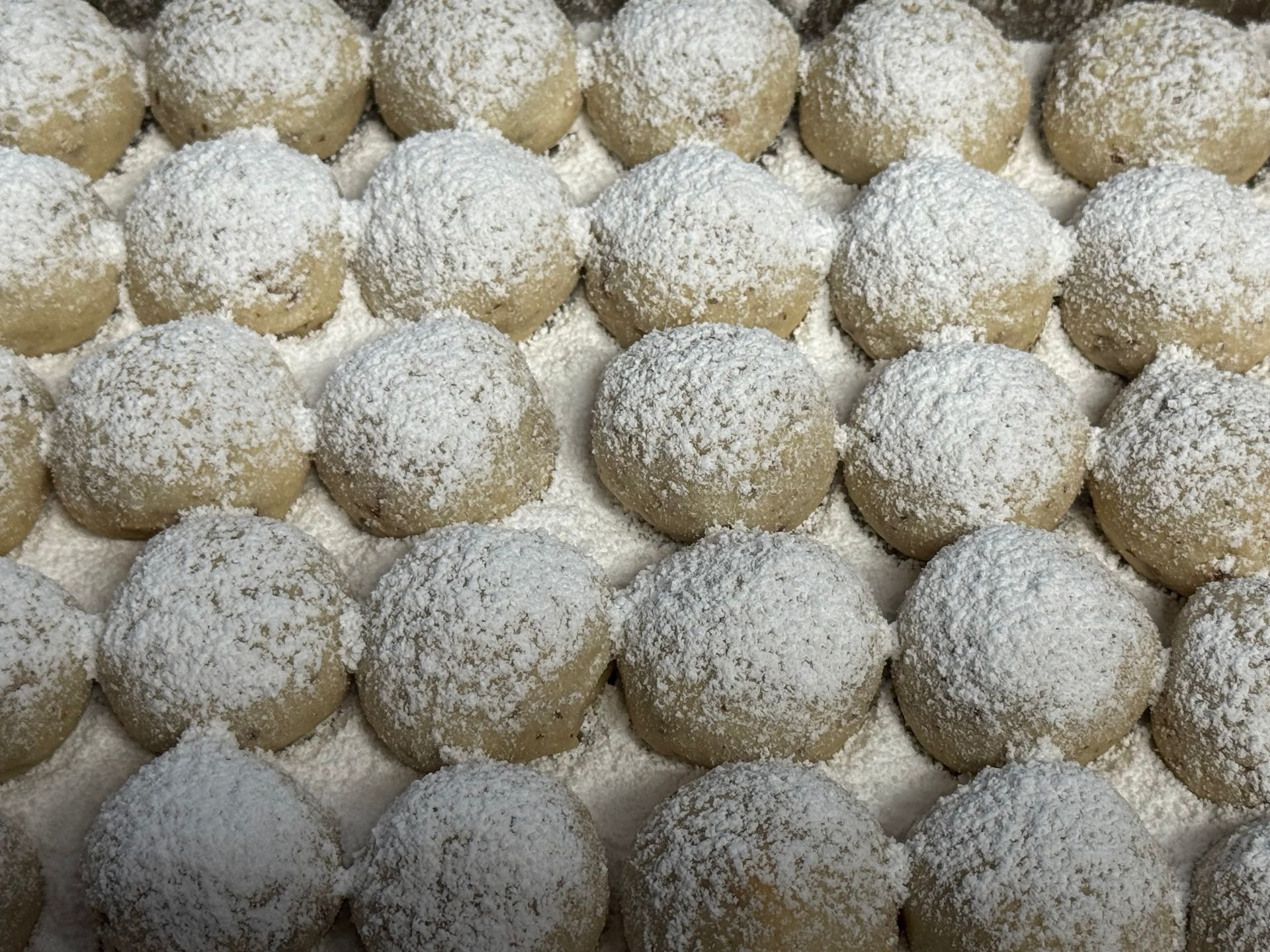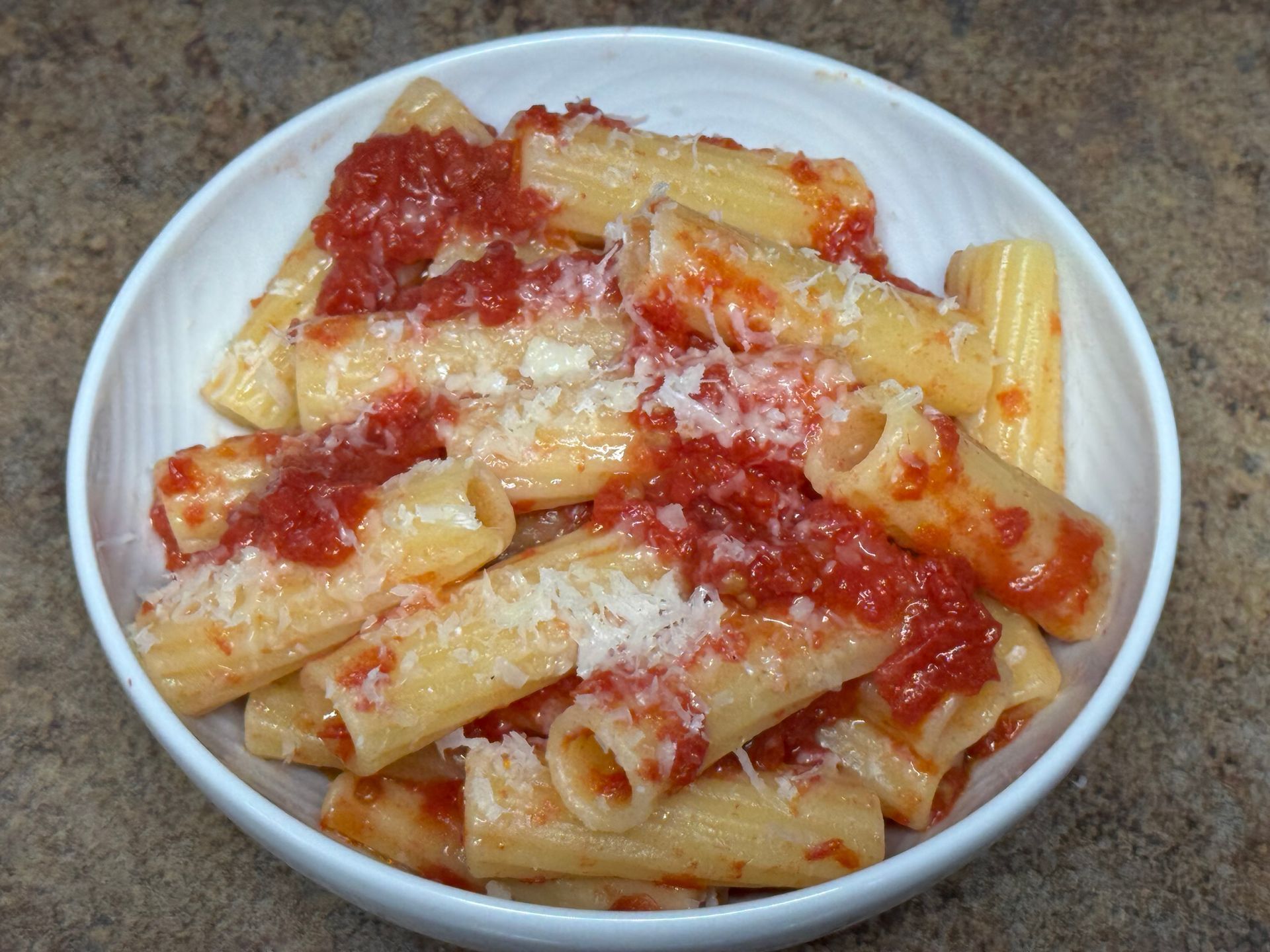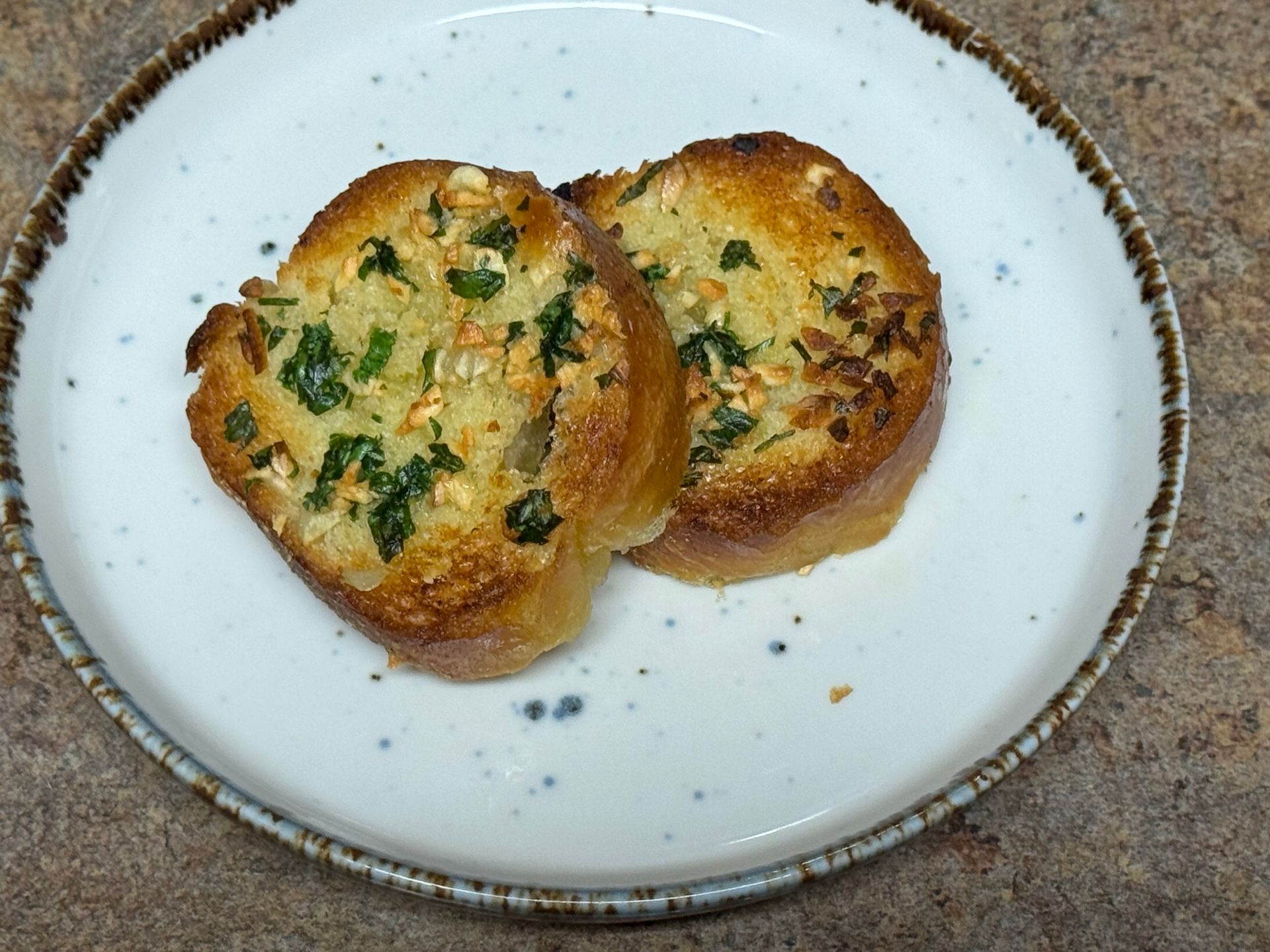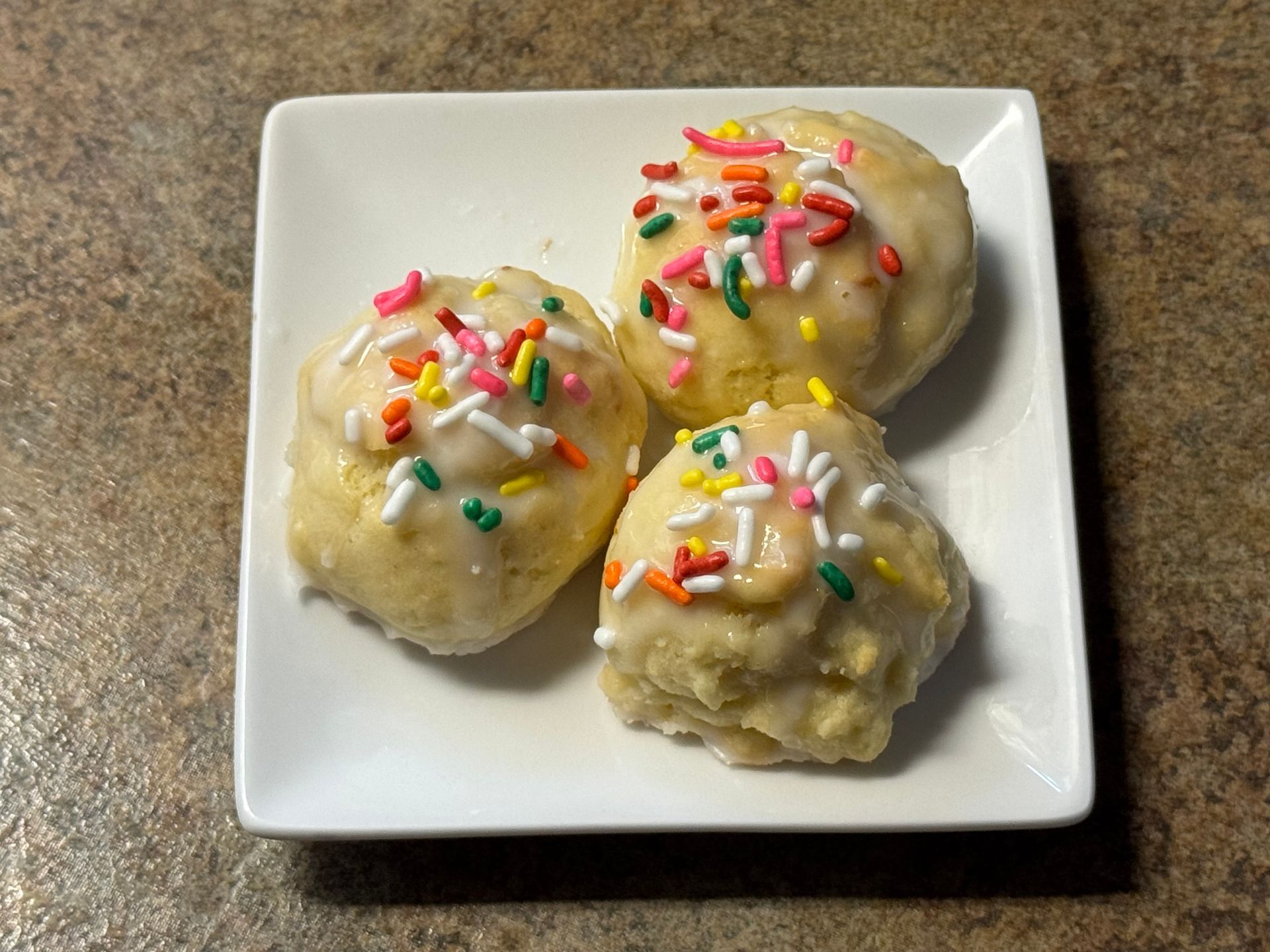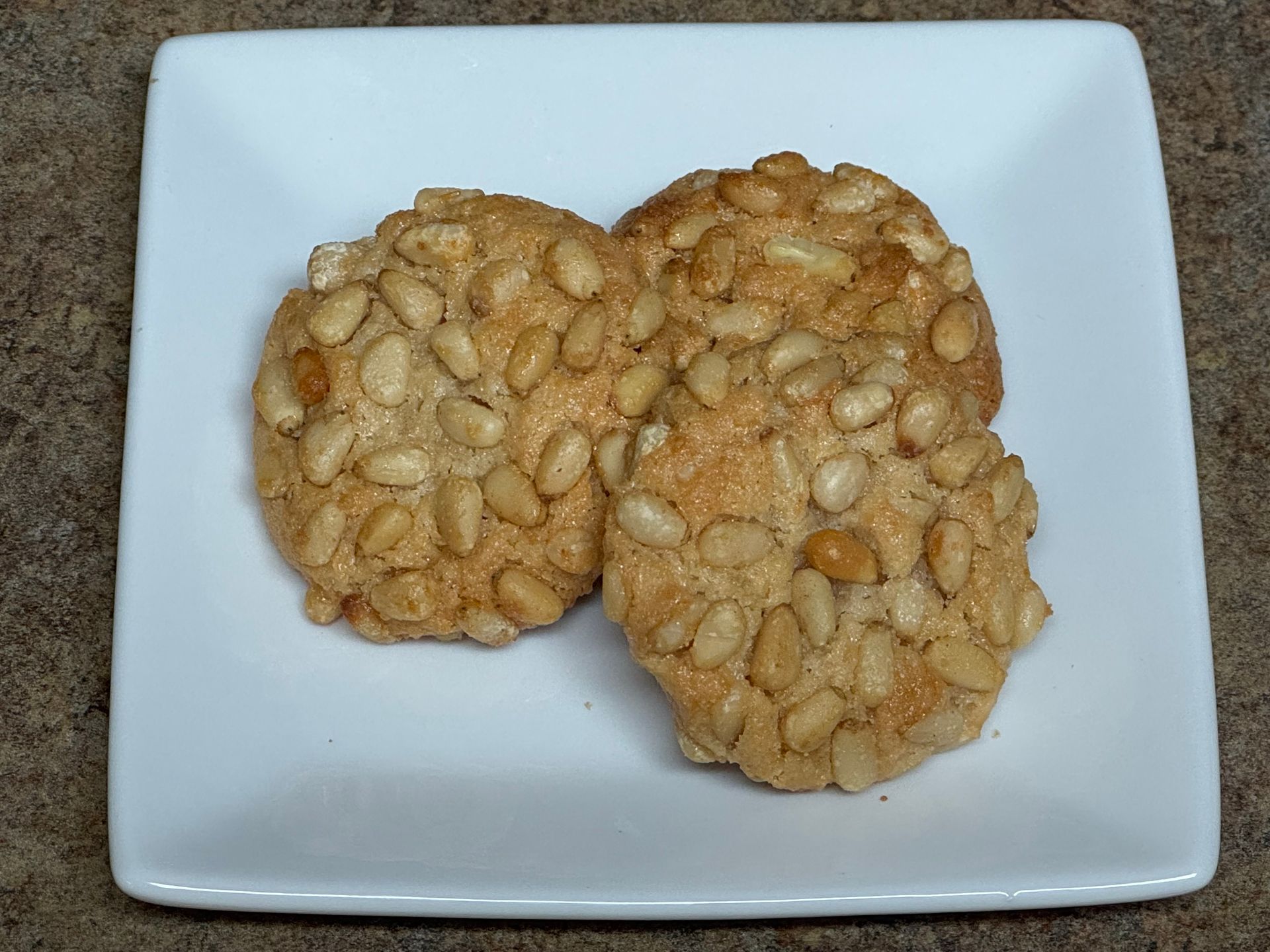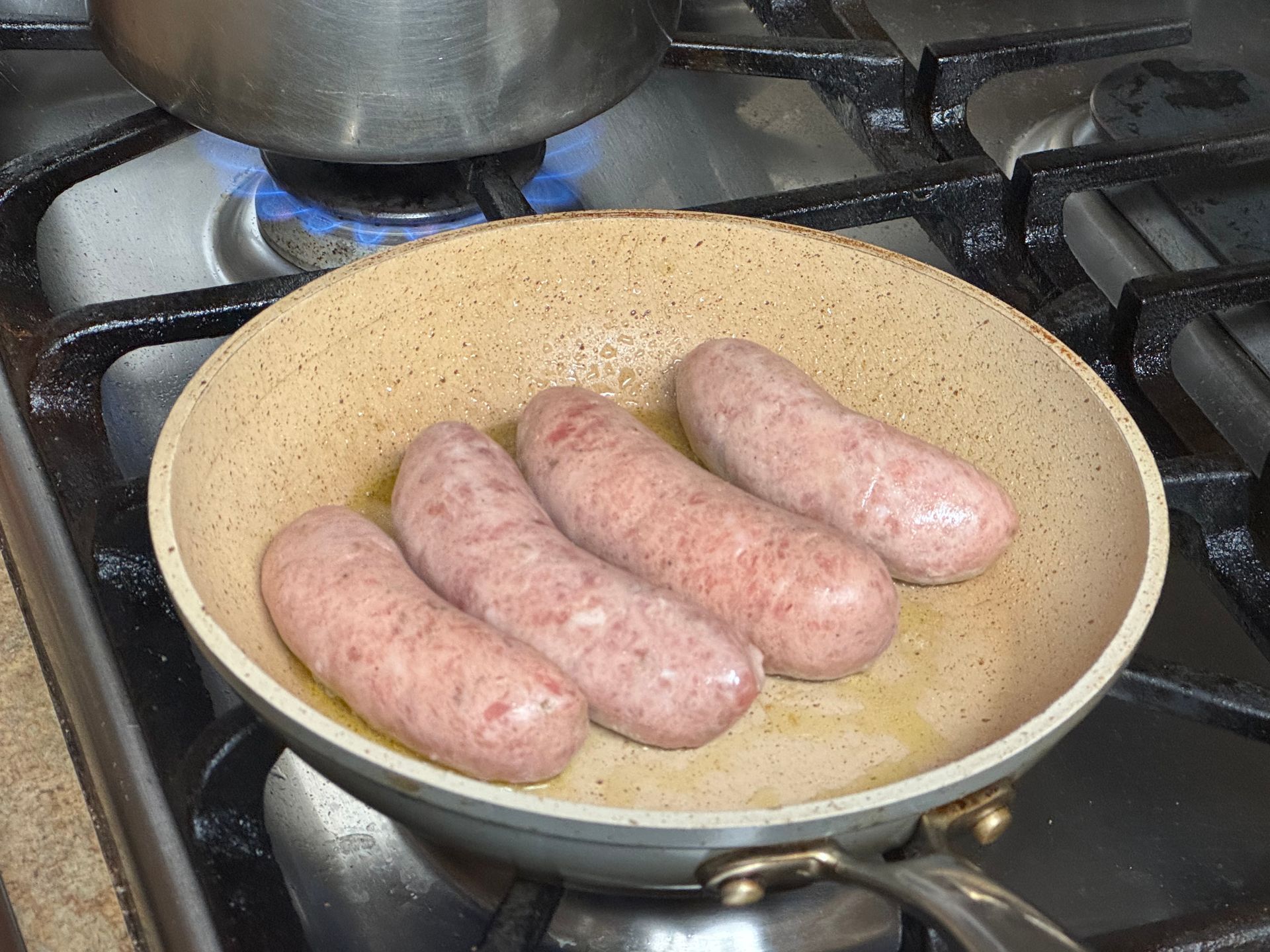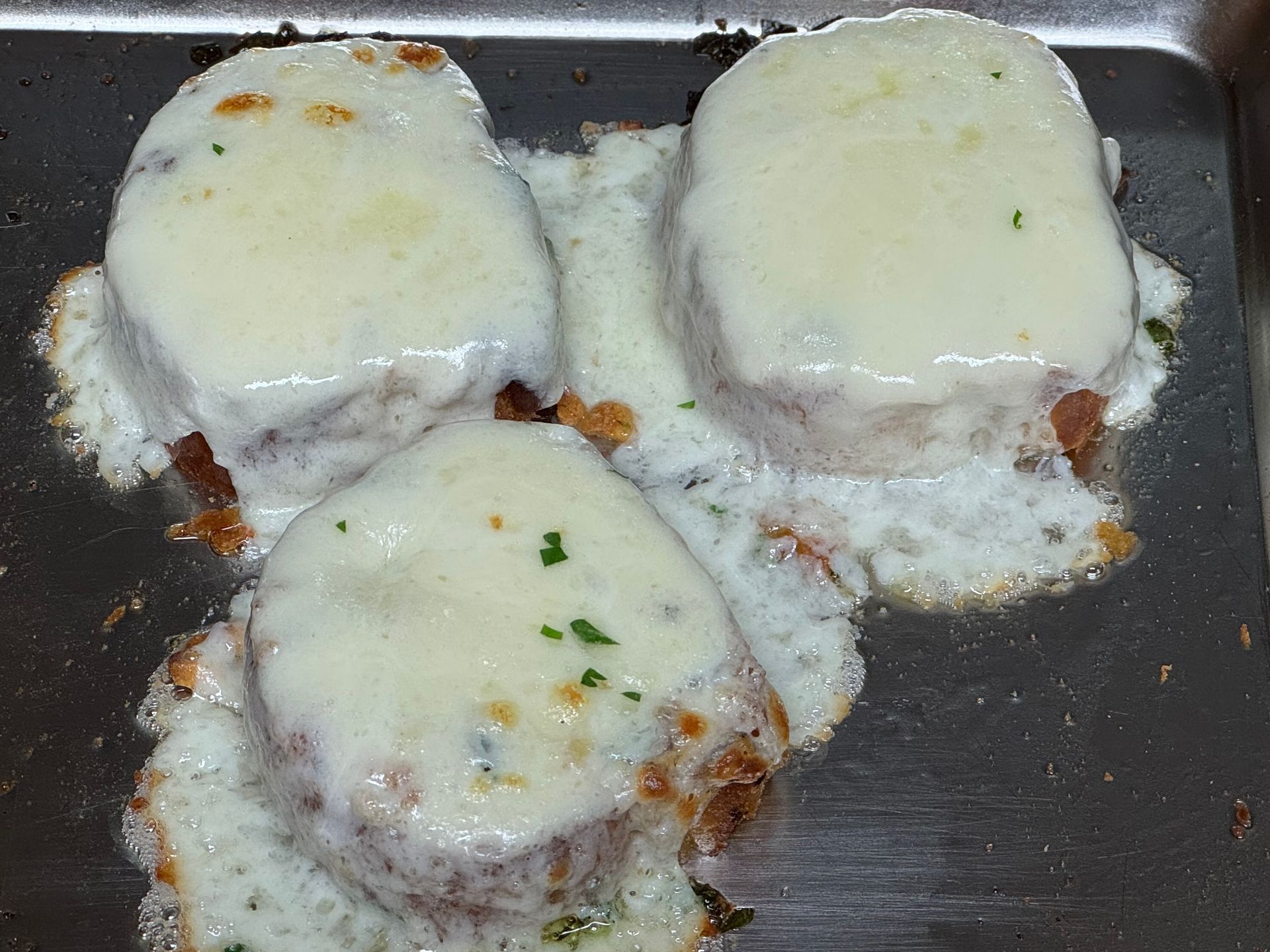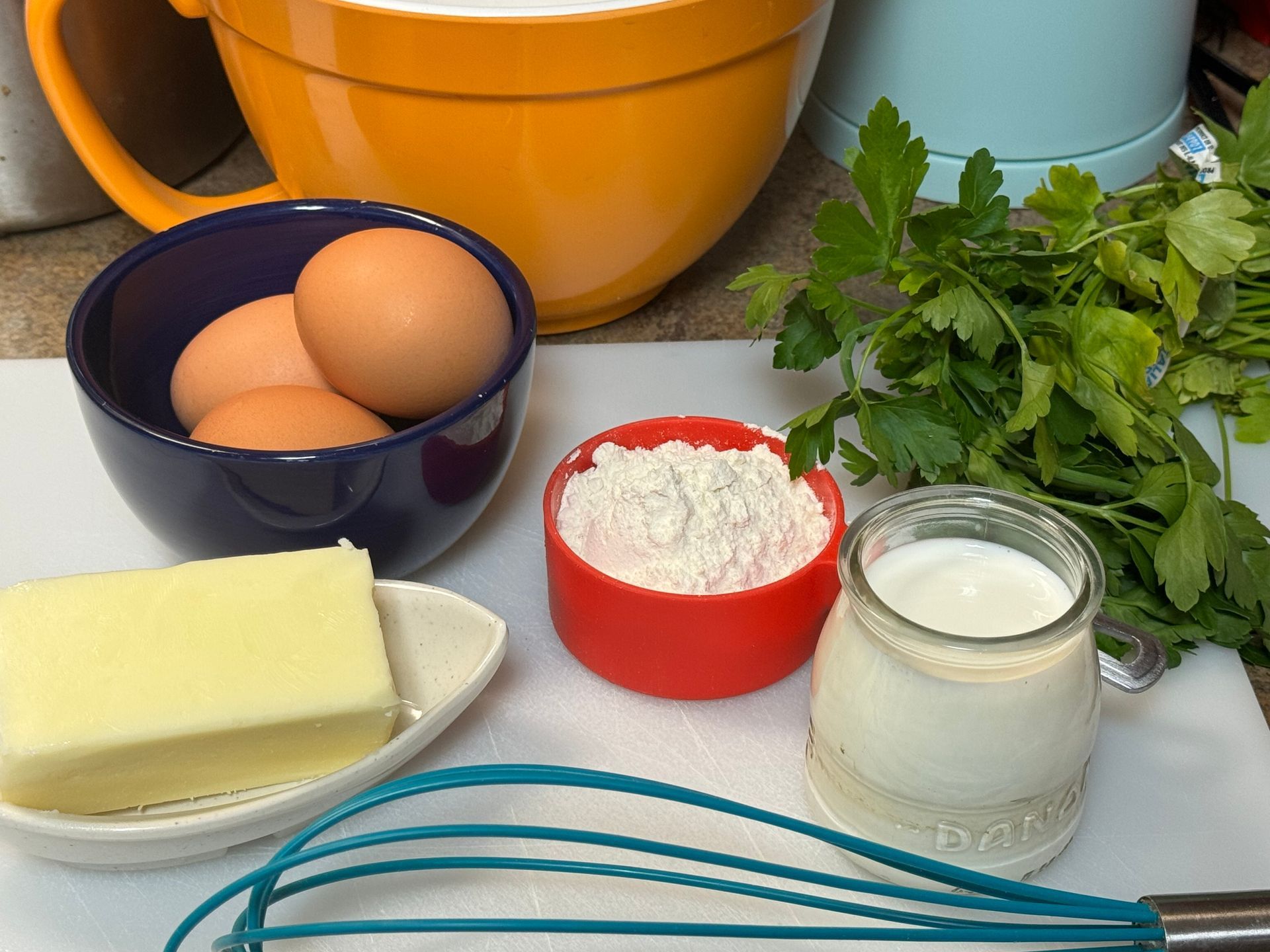
I remember learning to make crepes at the CIA using a small, square of pork fat with a slit cut into the skin for my finger to slide in & hold the fat to oil five crepe pans at a time. I remember being very hot & having very burnt fingers when I was done... but very proud.
Crepes a la Reine was the first crepe recipe I learned as a young, CIA student in 1980's... we didn't eat many crepes growing up in New Jersey...
Crepes
I love to prepare savory crepes filled with seafood, chicken and vegetable fillings. For holidays I make manicotti, filled crepes with ricotta, egg, romano & mozzarella cheeses.
We love making sweet crepes folded into a pan of melted butter & caramelized sugar with apples, oranges or bananas 'Crepe Suzette' style for special breakfasts.
Prep Time: 2o min
Cooking Time: 20 min
Yield: 4 portions
Ingredients for Crepes
1 Cup AP flour
2 ea Eggs, cracked & whisked
1/2 tsp Kosher Salt
t.t. Black pepper
1 1/2 C Milk
1 Tbsp Butter, lightly salted (melted)
1 Tbsp Fresh Italian parsley, chopped (chives, tarragon etc)
4 Tbsp Butter (melted)
How to Prepare Crepes
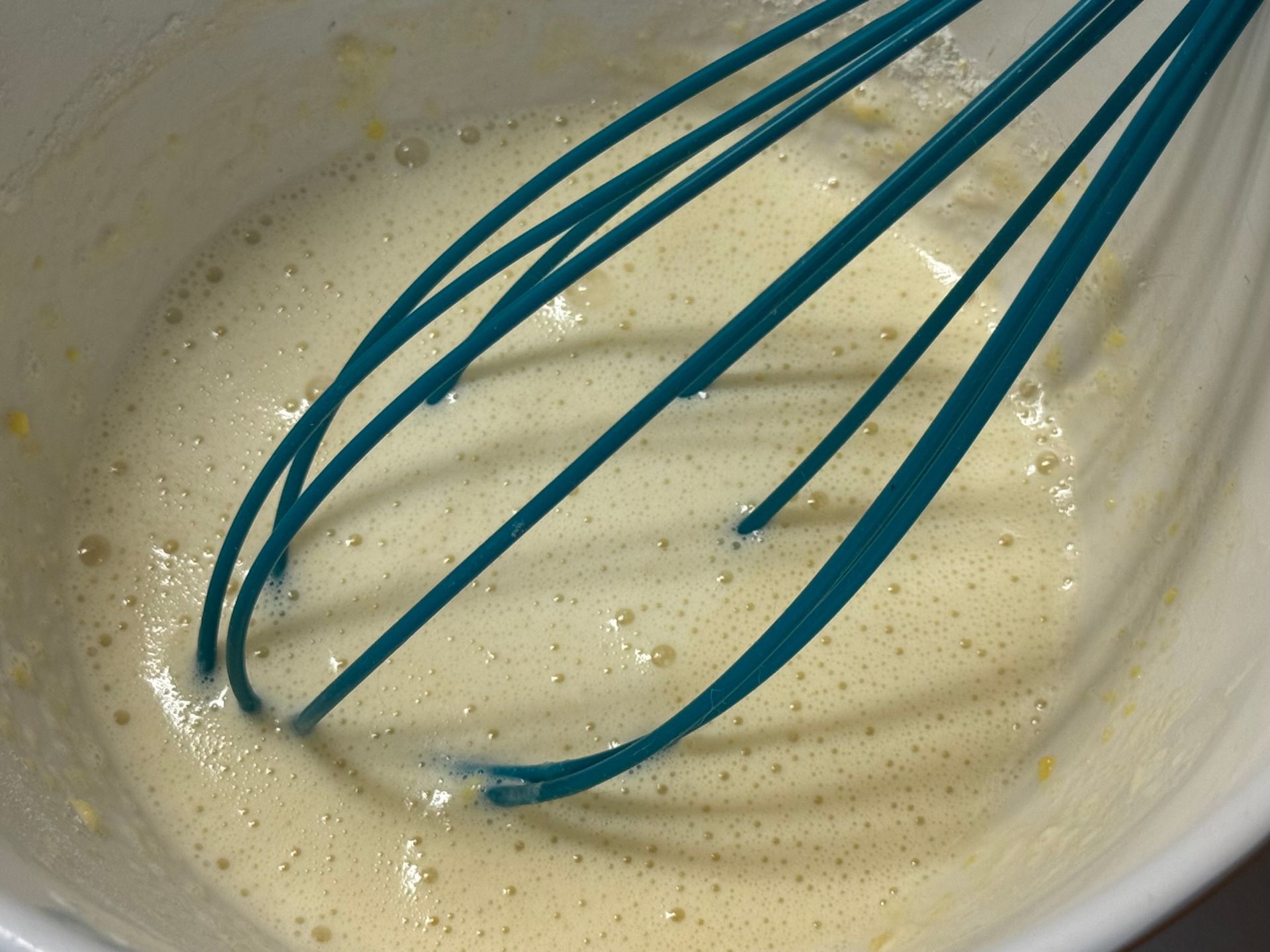
Step 1
Sift the flour into a bowl & add the eggs, salt & pepper. Whisk gently and continue to whisk while slowly drizzling in the milk, creating a smooth batter.
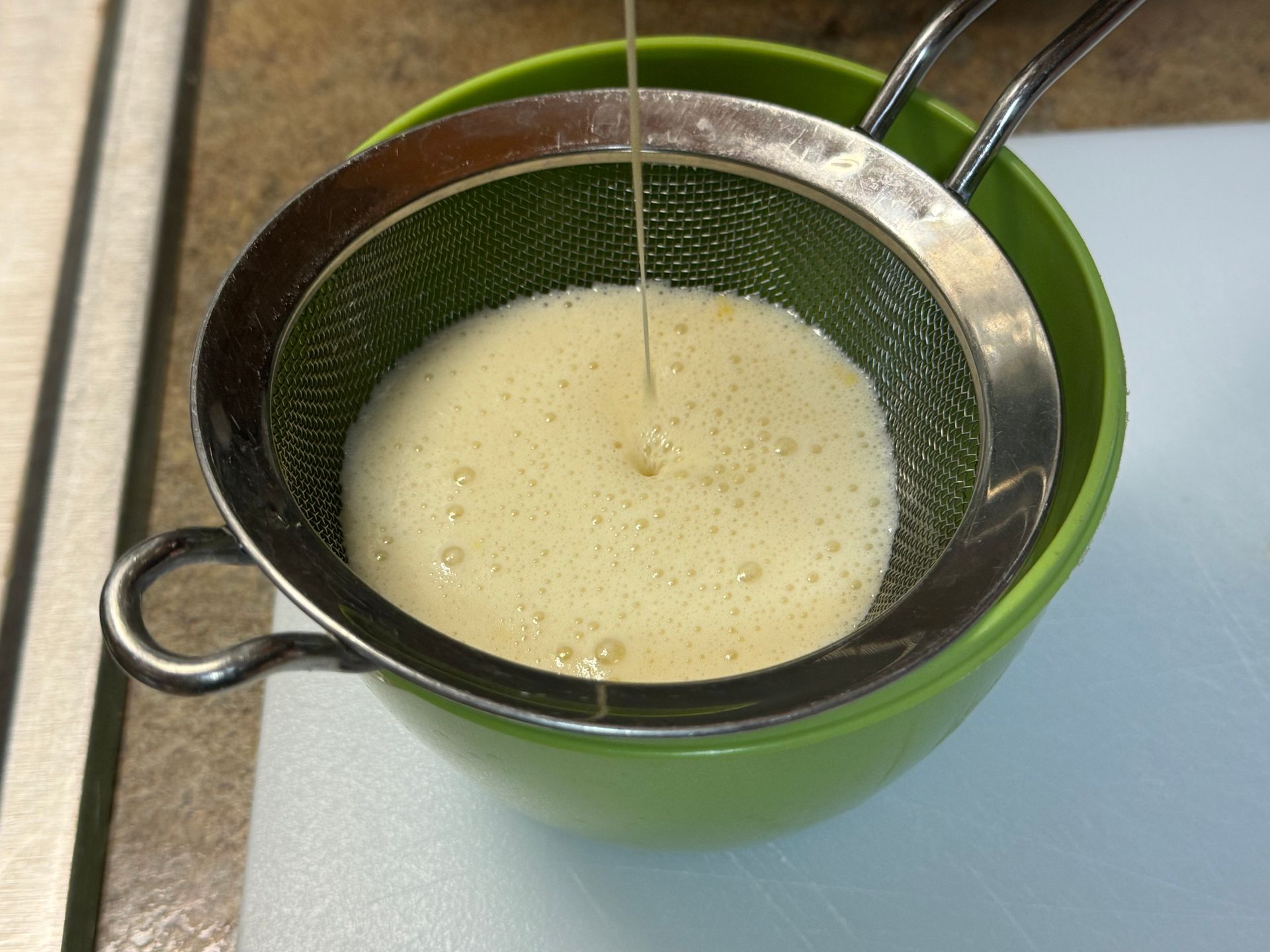
Step 2
Add the melted butter and strain into a container, cover with plastic & rest for an hour. I like to lightly brown the butter for added flavor.
The crepe batter should be smooth and slightly thicker than cream, add a little milk or water to thin out if too thick. Add the parsley.
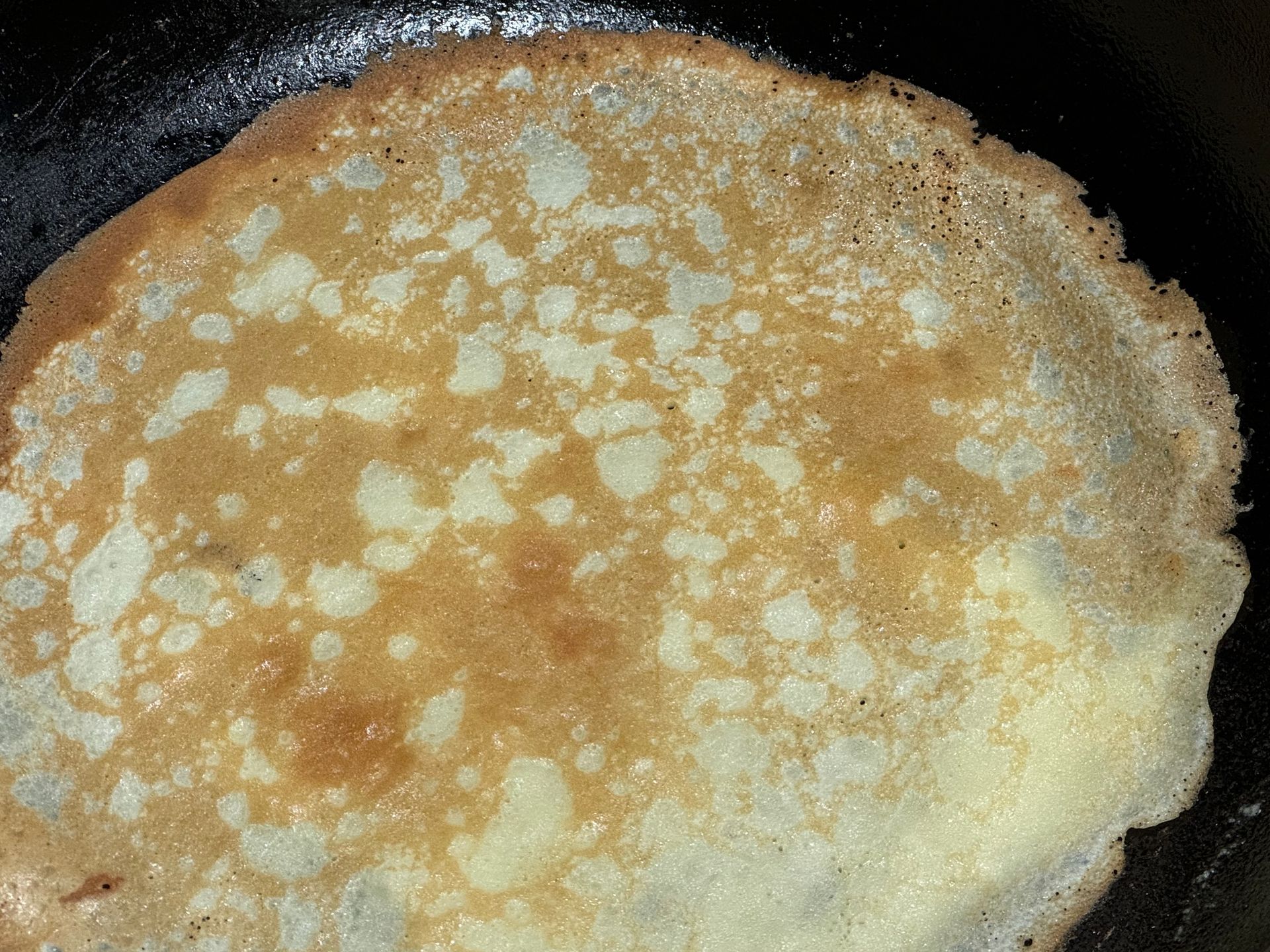
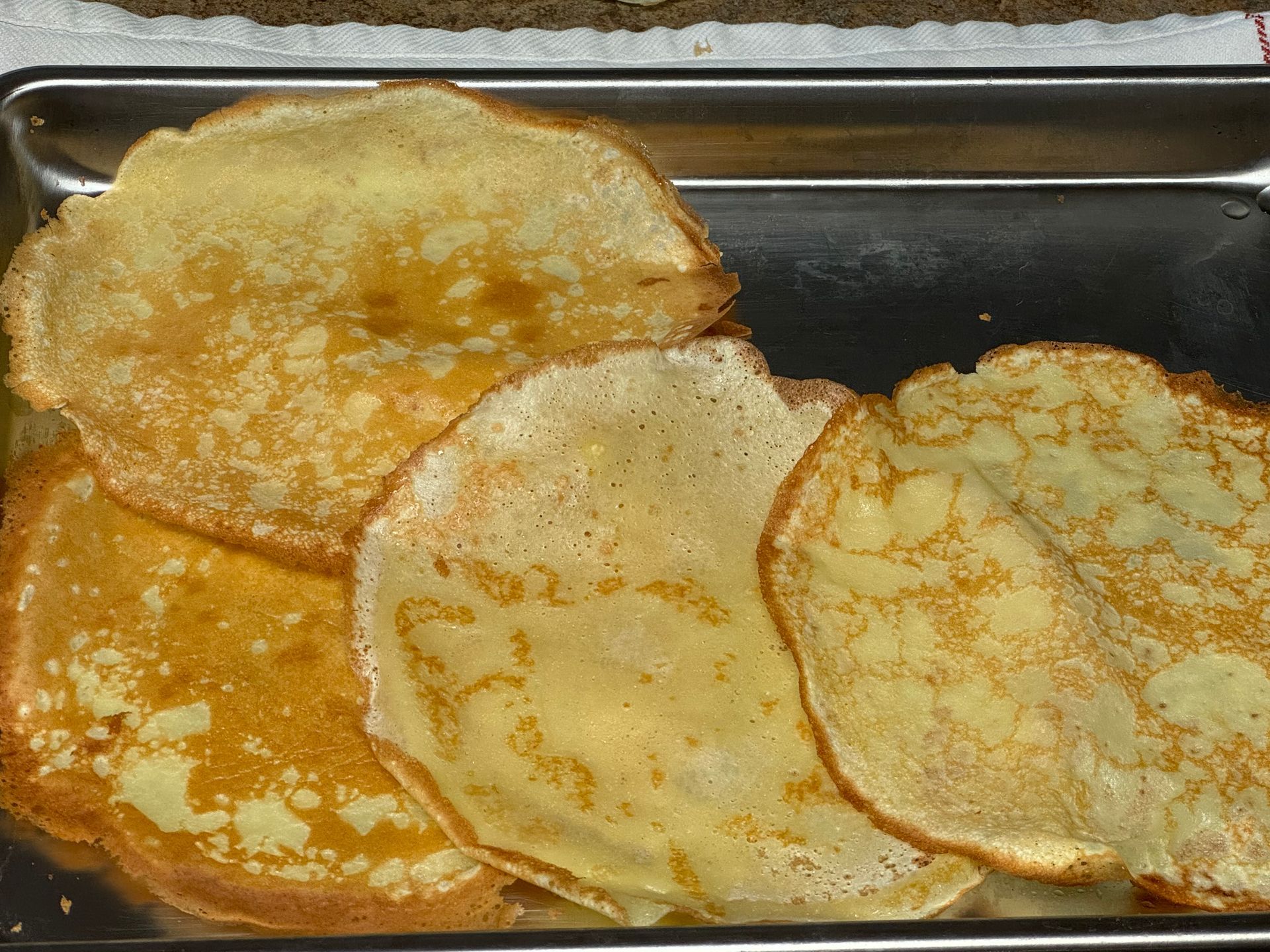
Step 3
Heat a crepe pan or teflon pan to medium heat, add a very small amount of butter or oil spray & holding a one ounce ladle in one hand & the handle of the pan in the other hand, carefully pour the batter into the pan, swirling to cover the entire bottom surface of the pan. Cook for about 1 minute and flip with a rubber spatula. (I prefer to flip with my fingers to avoid tearing the delicate crepes). Cook for about 1 more minute and lay out onto a clean towel or parchment. Repeat until all of the batter is used and cover with a second clean towel to cool the crepes for 20 minutes.
Crepes can be refrigerated or frozen.
